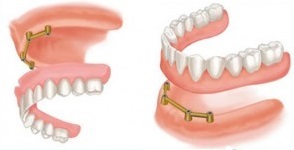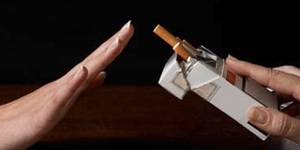
بافت حمایت شونده توسط پروتز دندان یا اوردنچر
2015-12-27
جایگذاری ایمپلنت مولر اول
2015-12-28The search of literature reviews English non-anecdotal implant overdentures articles from 1991 to 2011
The results display an aggregate comprehensive list of categorical variables from the literature review. Overall success of maxillary and mandibular implant overdenture was respectively, 86.6% and 95.8%
The literature indicates that the implant overdenture prosthesis provides predictable results – enhanced stability, function and a high-degree of satisfaction compared to conventional removable dentures
introduction
Bone resorption will occur in an edentulous alveolus. The ubiquitous phenomenon is a progressive and irreversible (1). The amount and rate of alveolar bone resorption depend on factors such as age, sex, facial anatomy, metabolism, oral hygiene, parafunctions, general health, nutritional status, systematic diseases, osteoporosis, drug administration and time of edentulism2,3
Studies to verify the influence of conventional fully-removable dentures as factor of bone resorption are replete; patients wearing complete dentures will present with smaller edentulous ridges than edentulous patients with never receiving prosthetics (4). The implant-retained prosthesis is an alternative treatment option in edentulous patient’s rehabilitation, providing more retention, stability, function and esthetics especially in the mandible. The use of implants for edentulous patients will actually preserve existing bone compared to conventional dentures (5)
This literature review analyzes the current concepts about indications, implant diameter, length, number, position, prosthetic rehabilitation, early and immediate loading, attachment systems, and implant success rate in mandibular and maxillary overdentures
Indications
The following patients would benefit from a tissue-supported implant overdenture
advanced atrophy eliminating the potential for total implant-supported prosthesis
augmentation procedures are excluded for any reasons
possess natural teeth in the opposing arch, fixed or removable prostheses supported by implants and teeth
elderly patients who, having had complete dentures for many years, lose their motor skills and no longer feel able to wear complete dentures (6)
compromised conventional denture retention, e.g. resection defects, xerostomia or parafunction
Implant diameter and length
The implant diameter depends on the alveolar width, whereas the available bone height determines the implant length (7). The implant length should be ≥ 10 mm, and a minimum diameter of 3.3 – 4.1mm for the mandibular anterior while 4.1mm for the maxilla (8). The literature provides evidence of an increased failure rate for short implants − 7 and 10 mm (9). Narrow diameter implants (2.5 to 3 mm) can be successfully used to treat narrow bone ridges although more long-term studies are needed to compare narrow and conventional diameter implant outcomes (10,11). In both the maxilla and the mandible, wide-diameter implants may provide additional support for removable partial dentures. However, the use of wide-diameter implants for anchorage of removable partial dentures still requires critical evaluation to assess whether wide-diameter implants affect the suprastructure design. Using standard-diameter implants, the suprastructure may frequently be better designed and more comfortable for the patient 12
reference






